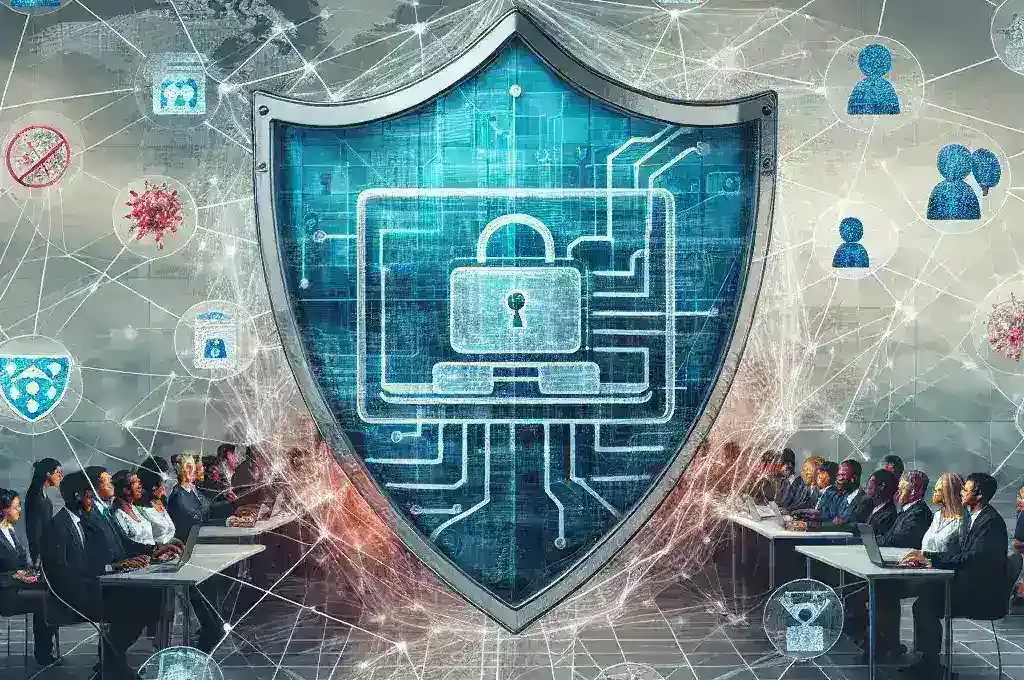1. Educate Your Employees
One of the most effective ways to enhance your cybersecurity is by educating your employees. Conduct regular training sessions to teach them about the latest cybersecurity threats and best practices. Make sure they understand the importance of strong passwords, recognizing phishing emails, and the proper use of company devices.
2. Implement Strong Password Policies
Passwords are the first line of defense against unauthorized access. Implement a strong password policy requiring employees to use complex passwords and change them regularly. Consider using a password manager to help employees maintain their passwords securely.
3. Use Multi-Factor Authentication (MFA)
Multi-factor authentication adds an extra layer of security by requiring users to provide two or more verification factors to gain access to an account. Enable MFA on all critical accounts to prevent unauthorized access, even if passwords are compromised.
4. Keep Software Up to Date
Software vulnerabilities are a common entry point for cyberattacks. Regularly update all software, including operating systems, antivirus programs, and applications, to patch any security flaws. Enable automatic updates whenever possible to ensure your systems are always protected.
5. Backup Your Data Regularly
Data loss can occur due to cyberattacks, hardware failures, or human error. Regularly back up your data to an offsite location to ensure you can recover it in case of an incident. Use encrypted backups to add an extra layer of security.
6. Secure Your Wi-Fi Networks
Unsecured Wi-Fi networks can be an easy target for cybercriminals. Protect your networks by enabling WPA3 encryption, setting strong passwords, and hiding the network’s SSID. Moreover, create separate networks for employees and guests to limit access.
7. Use Antivirus and Anti-Malware Software
Install reliable antivirus and anti-malware software on all company devices to detect and block malicious threats. Ensure these programs are regularly updated to keep up with emerging threats and run regular scans to identify and eliminate any risks.
8. Develop a Cybersecurity Policy
A comprehensive cybersecurity policy outlines the roles and responsibilities of employees regarding data protection and online security. Develop a clear policy addressing password management, data handling, device usage, and response procedures in the event of a security breach.
9. Conduct Regular Security Audits
Regular security audits help identify vulnerabilities and areas for improvement in your cybersecurity posture. Conduct thorough assessments of your systems, networks, and processes to ensure they meet the latest security standards. Address any weaknesses promptly to minimize risks.
10. Monitor Your Systems Continuously
Continuous monitoring is essential for detecting suspicious activities and potential threats in real-time. Use intrusion detection systems and monitoring tools to keep an eye on network traffic, login attempts, and other critical events. Set up alerts to notify you of any unusual activities that require immediate attention.

